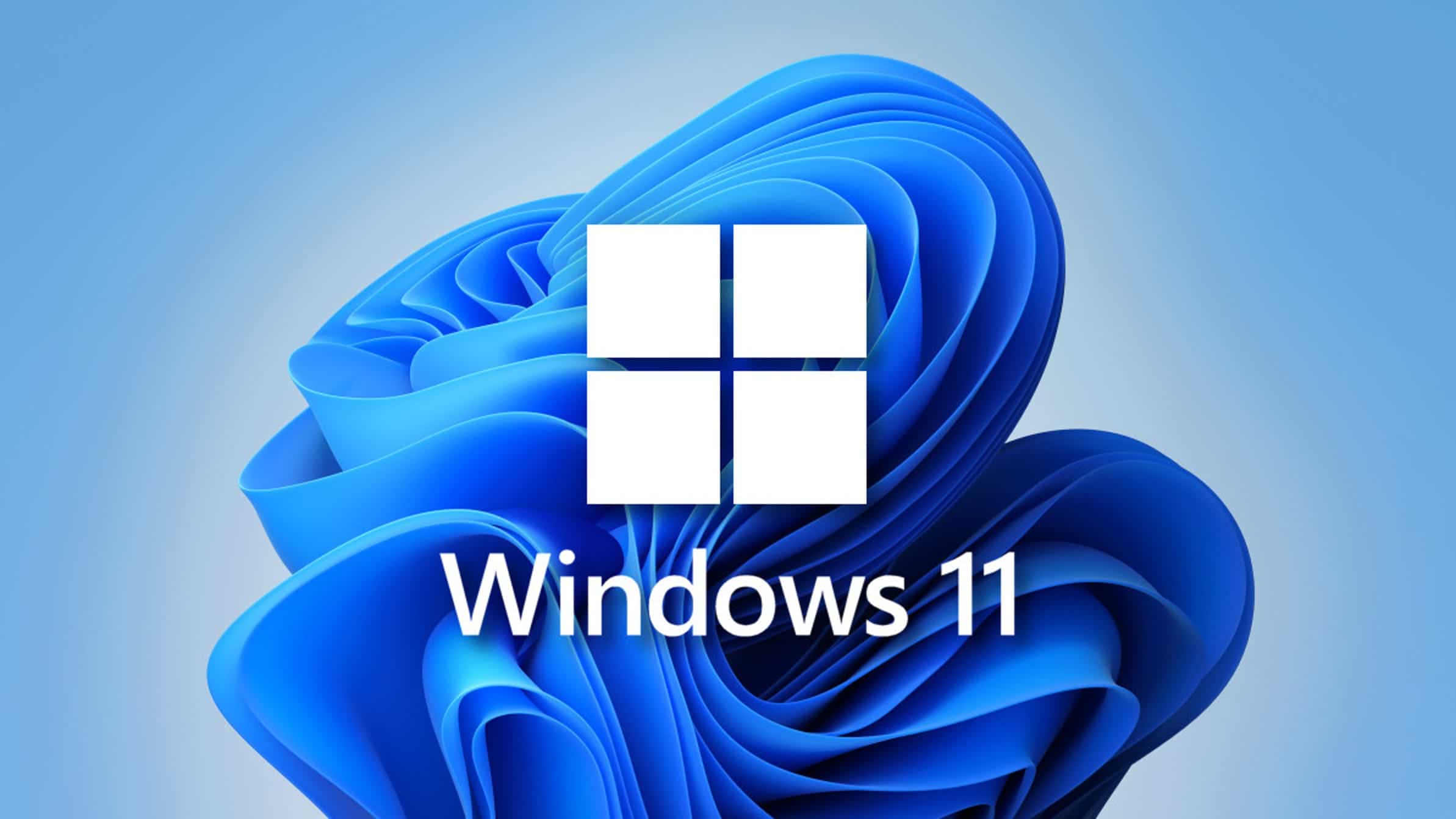
31 Oct Windows 11 is here, should you upgrade?
Basic differences between Windows 10 and Windows 11
Microsoft’s latest OS is finally here, and a question on many minds if upgrading from 10 is worth it. As you can imagine, Windows 11 has received both criticism and praise. Some even pose 11 feels more like 10.5 with fewer features from its predecessors, while others enjoy its simpler interface.
Regardless, updating to the newest OS can yield numerous benefits, and with improved emphasis on security and speed, 11 could be a great remote business solution too. However, let’s start with a brief glance at what the buzz around Windows 11 currently is.
First off, as with any OS update, you might wonder when Microsoft will eventually end support for Windows 10. By this, we mean halt development of any new patches and updates. As of now, Microsoft plans to support Windows 10 until 2025. Thus, you won’t have to make any sudden jumps to the newest OS if you really don’t want to, at least for the time being.
However, Microsoft is certainly encouraging users to make the jump. Like with an upgrade from Windows 7 to 10, you can do the same with a free update from 10 to 11. However, your system(s) will need to meet the proper hardware specifications to be valid for the upgrade.
The shift to Windows 11
Microsoft making the shift to Windows 11 is nothing out of the ordinary. The company has given a “shelf life” for all their operating systems, and at most supported each one for up to 10 years. The primary reason for making the switch to 11, much less any OS upgrade, is security. In a day and age where ransomware and cybersecurity remain top concerns, protecting your data – personal or business –is critical.
What are the differences between 10 and 11?
There’s a lot to cover, and this article won’t go into every detail regarding OS changes. But we can start with a brief overview of some key differences. For one, as you might have guessed, Windows 11 sports a new UI overhaul. The goal is to make navigation and browsing on your device much easier, and it’s clear that Microsoft had mobile devices in mind during production for this one.
Which makes sense, given the rise and majority use of mobile devices. It’s also possible the need for remote workers during the COVID-19 pandemic swayed some of these design shifts. Since more people were working at home, they would likely need an easy-to-use interface. In fact, this UI change is one of the most significant ones in years. How so? The start menu, for example, is at the center bottom screen, no longer at the bottom left.
Along with that, so is the traditional modular box menu, instead replaced by a pop-up window containing shortcuts to apps and browsers. For those used to the classic Windows interface, this might be a problem. Others point out this is closer to the Mac OS design, which has always been popular for mainstream use.
Other changes
Other integrations are now native to Windows 11. For example, Android apps will be the base part of Windows 11 (further solidifying the emphasis on use for mobile devices). While Windows 10 can install Android apps now, they are not a mainstay of the system.
Enhanced virtual desktop support
Much like Mac OS, which can support multiple desktop windows, so too will 11. Again, since there’s so much emphasis on remote work today, online collaboration tools like this are important. Shifting between virtual desktops should be as easy as a toggle option.
Teams native integration
Teams, a Microsoft app, will be native to Windows 11 for additional online collaboration.
More support for touch screens
Windows 11 looks to work very well on mobile hardware, especially tablets. Improved performance features including responsive touch screen design is part of the package. That also extends to stylus pens and voice commands.
For service and functionality, the listed additions are the primary differences between Windows 10 and Windows 11.
Is that enough to upgrade your OS?
There are other small nuances and differences between the two operating systems, some of which detail what you’re allowed to configure/customize.
But from what we’ve discussed so far, you might wonder if it’s worth upgrading – especially for free.
That largely depends on the needs of yourself and your business. For example, if you do find Windows 10 too complex for your liking, 11 could be just what you need with a more focused, trimmed-down UI. That’s especially true if you prefer Mac OS’ general interface over Windows.
In the same vein, simplicity aside, this is still a new operating system. For an enterprise, any new tech or software requires downtime to learn. Can you afford the time? It’s doable, but even a small degree of training time is necessary.
Also, consider whether a transition to the new operating system will be seamless. How much can it potentially impact your services? Will you lose data? Understanding key points like those will help you determine the best decision.
As an individual, depending on what you like (or don’t) about Windows 10, some changes are either welcome or offputting. For the time being, however, you don’t have to make a rush decision since 10 will receive continued support, giving you time to explore all of 11’s features.
Share this post:

Sorry, the comment form is closed at this time.